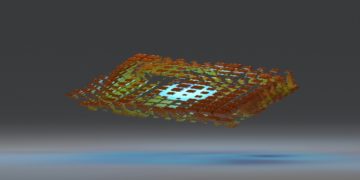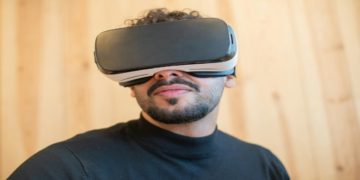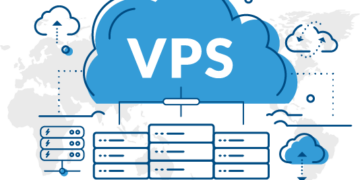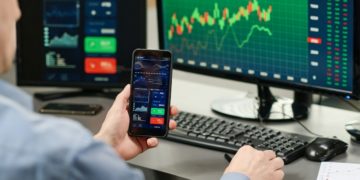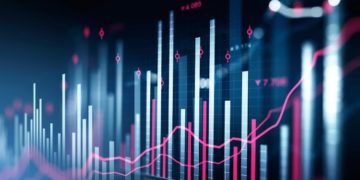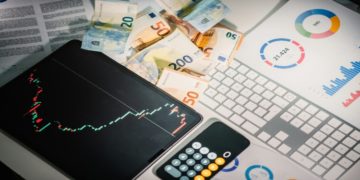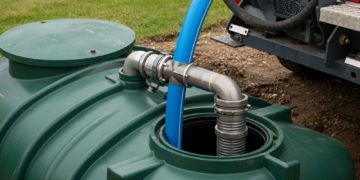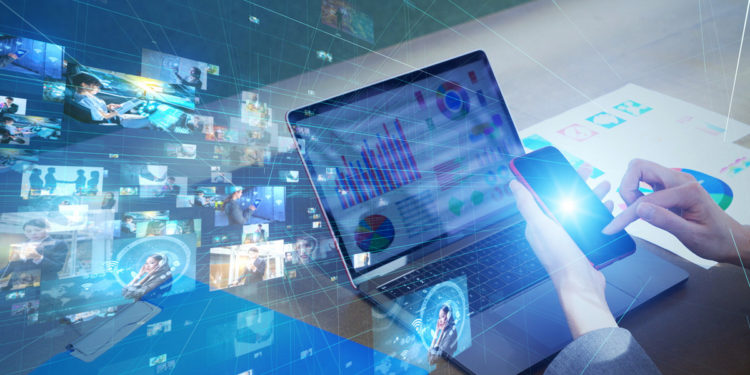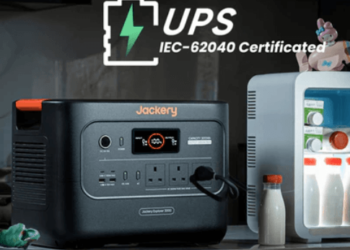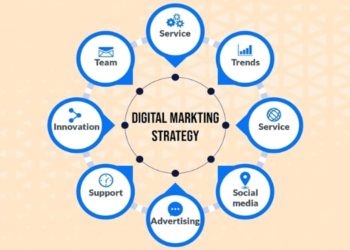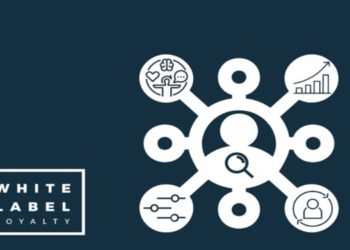Sensors are one of the primary components in the current smart devices making them possible for the machines to feel, acquire knowledge and react to the environment around them. Sensors are the main drivers that upgrade the various devices from regular to smart robots; for instance, they are used in smartphones, smartwatches, industrial automation systems, and even in autonomous vehicles. The rapid proliferation of technologies such as IoT, wearables, and artificial intelligence directly correlates to the demand for innovative and compact sensor technologies.
With the progress of these technologies, the need for electronic sensors also goes up. The right kind of sensor sourcing is instrumental in having the devices working properly, leaving the users happy, and ensuring a continuous return on investment.
The Rise of Sensors in Smart Technology
The evolution of sensors becomes in high demand and economic sense in smart technology; the higher the rate of sensors packaged with consumer and industrial products at present the more noticeable the impact on people’s daily lives. An example of a modern smartphone being in this case; it has a rich array of sensors built into it: motion-detecting accelerometers, orientation gyros, proximity sensors that operate the screen, ambient light sensors that adjust display, and so on. Whereas smartwatches used to be powered by large-scale Integrated circuits, now they monitor heart rate, blood oxygen levels, and sleep patterns-all thanks to miniaturized, low-power sensors.
Sensors are extremely useful in the industry as well. For example, they are used for predictive maintenance by getting data on machine temperature, vibration, and humidity. Environmental sensors in agriculture are monitoring soil moisture and air conditions to optimize crop yields. Smart home technology features motion detectors, gas sensors, door sensors for safety, automation, and convenience.
Sensor applications are widening with the result that engineers and manufacturers are more and more focused on electronic sensor sourcing, preferring parts that are precise, durable, and suitable for integration.
Types of Sensors Shaping Smart Devices
Sensors come in many forms, each designed to detect specific types of stimuli. Here are some of the most common sensors used in smart devices:
- Motion Sensors (Accelerometers, Gyroscopes): Detect orientation, movement, and acceleration. Widely used in smartphones, drones, and fitness trackers.
- Environmental Sensors (Temperature, Humidity, Gas): Monitor surrounding conditions in HVAC systems, weather stations, and industrial applications.
- Optical and Proximity Sensors: Help devices recognize user interaction, detect objects, or manage light exposure.
- Biometric Sensors: Measure vital signs such as heart rate, blood pressure, and oxygen saturation. Common in medical devices and wearables.
- Image and Light Sensors: Enable functions like face recognition, gesture control, and light detection for cameras and displays.
Each type requires careful specification matching during electronic sensor sourcing. Different applications demand unique tolerances, response times, and power consumption levels. Inaccurate sourcing can lead to system failure or poor user experience.
Challenges and Considerations in Electronic Sensor Sourcing
With the growing variety and complexity of sensors, sourcing the right component has become more challenging. Engineers must consider numerous factors:
- Accuracy and Sensitivity: Crucial for applications like medical monitoring or industrial automation.
- Size and Power Consumption: Especially important in portable and battery-powered devices.
- Environmental Tolerance: Sensors must function reliably under temperature extremes, moisture, or vibration.
- Interfacing and Communication: Compatibility with microcontrollers and communication protocols such as I2C or SPI.
That’s why electronic sensor sourcing should not be treated as a simple procurement task. Instead, it demands a strategic approach that includes thorough vetting of suppliers, understanding application requirements, and planning for long-term availability.
Reliable routing platforms can be used to cut down on the manual scheduling process. With these platforms, engineers can search for sensors based on technical parameters, review compliance certifications, and compare available stock from trusted vendors. Furthermore, sourcing electronic sensors strategically not only ensures the quality of components but also the avoidance of counterfeit parts or parts that are close to end-of-life.
The Future of Sensors in Next-Generation Devices
Sensor technology is expanding at an astonishing pace. New sensors are becoming smaller, more energy-efficient, and complex data collection is possible. As an example, multi-sensor modules are being developed to integrate temperature, humidity, motion, and light detection into one single package. In contrast, sensors energized with AI can handle local data processing, thus reducing the load on host systems.
As appliances shift gears towards greater autonomy and intelligence, sensors will carry on being the major parts. Whether it is controlling the environment in factories, using motors with fewer sensors, or monitoring air quality in smart cities, sensors are the key data gateways.
For optimal operation, businesses need to give priority to the strategic use of electronic sensor sourcing that is forward-thinking and not just addressing the current needs but also considering scalability and innovation potential.
Final Words
More importantly, sensors are not just components, they are the main drives for intelligent and responsive technologies. Through their integration into smart devices, the process is being accelerated by the need for additional capabilities, real-time data, and user personalization. To really benefit from them fully, companies must be attentive to the sourcing of high-quality electronic sensors.
With the right sensors that are bought from trusted sourcing channels, designers and manufacturers will ensure that their products not only meet the current performance standards but are also acceptable tomorrow. In the intelligent world, smart sourcing is the very first step to success.


